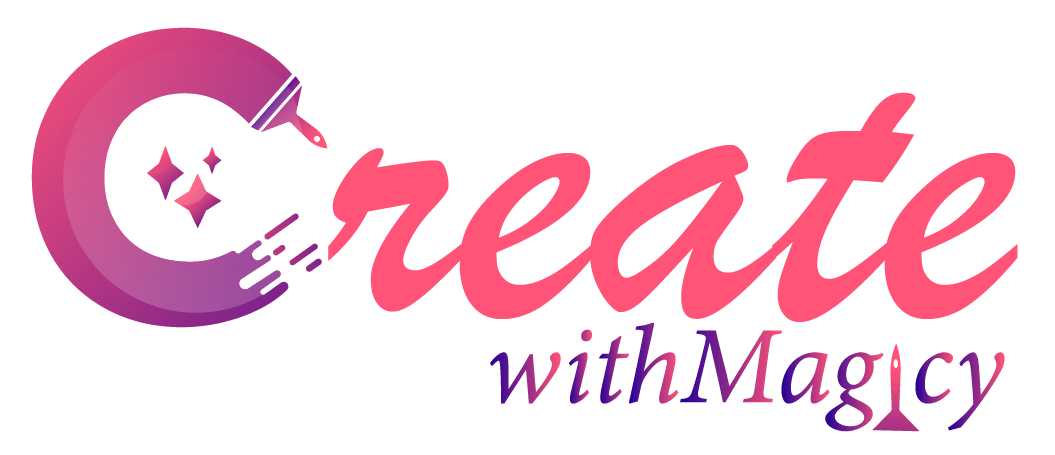Digital Strategy Masterclass: A Creative’s Roadmap to Success

In the world that is becoming more digital, a strong digital strategy is a must-have item among creatives who want to reach the audiences and shape their brand and pursue their career objectives. An established digital strategy framework makes creators work through the challenges of online engagement and optimizes their influence. The blog is a step-by-step roadmap to creating a successful digital strategy framework creatives.
The need of a Digital Strategy
A digital strategy acts as a guide that helps creatives to utilize digital tools and platforms to increase their visibility and interaction. It allows you to:
- Define Your Goals: Have specific objectives that are in line with your general vision.
- Know Your Audience: Determine what your audience is and what they desire.
- Select the Right Channels: Decide which digitally available platforms will have the most positive impact on your objectives.
- Produce compelling Content: Produce content that appeals to your audience and engages them.
- Measure and Optimize: Keep testing yourself and adjust yourself when necessary.
Step 1: Define Your Goals
The initial action in any digital strategy model is establishing what you want to achieve. What is your purpose of being digital? Examples of common objectives of creatives are:
- Developing Brand Awareness: Growing into creative awareness.
- Creating Leads: Winning the interest of potential clients or fans.
- Improving Interactivity: Creating a community of your work.
- Driving Sales: Sales directly of products or services via digital channels.
Having stated your main objectives, make sure that they are SMART (Specific, Measurable, Achievable, Relevant, Time-bound). As an example, you can say, I want to gain more followers, but it would be better to say, I want to get 25 percent more Instagram followers within three months.
Step 2: Get to know your audience
It is important to know your audience in order to make content that resonates. Begin by creating audience personas, which describes the profile of your ideal followers, such as:
- Demographics: Age, gender, location and occupation.
- Pain Points: What is the issue they have that you can solve in your work?
- Preferred Platforms: What are their most common uses of social media?
Use market research, social media analytics, and surveys to find out about your audience. This information will guide your content strategy and make you develop specific messaging.
Step 3: Choose the appropriate Digital Channels
Now that you have your objectives and target audience taken into consideration, the next thing will be to select the digital mediums that will be most effective in addressing your strategy. There are the following options to consider
- Social Media Platforms: The creatives must have access to social media platforms such as Instagram, Facebook, Twitter and Pinterest, utilizing specific instagram tiktok engagement tactics to maximize their reach. There are advantages to each platform, so select the platforms which suit your audience and the type of content that you create.
- Creation Web Platforms: You can demonstrate your skills and imagination on such websites as Medium or your personal blog.
- Email Marketing: Gathering an email list will enable you to contact your audience directly and send updates or offers or valuable content.
- Online Portfolio: A professional website or digital portfolio is the central point in terms of your work and it becomes simple to show your projects to the potential clients or collaborators.
Consider the advantages and disadvantages of each channel to your objectives and audience tastes to be sure that you use your time and funds efficiently.
Step 4: Creation of Interactive Content
Any digital strategy centre of interest is content. In order to produce good content that appeals to your audience, you should take the following into consideration:
- Types of Content: Inquire about the various content such as blog posts, videos, podcasts, infographics, and social network posts. You should also save your audience by diversifying your content and this may assist you in reaching various groups of your audience.
- Content Calendar: A content calendar helps you to schedule your posts ahead. This will assist you to be very consistent in posting and project yourself on different topics that will interest the audience you have.
- Storytelling: Be able to use storytelling methods in reaching your audience on a personal level. Open up your creative process, personal stories or the backgrounds of your projects to create a point of interest and connection.
It is also important to remember that you should maintain your messaging everywhere to support your brand.
Step 5: Measure and Optimize
The last thing in your digital strategy plan is to assess the outcomes and streamline your strategy on a continuous basis. Use analytics in monitoring key performance indicators (KPI) that can help you achieve your objectives, including
- Website Traffic: Track the traffic that is coming to your website and the traffic source.
- Engagement Metrics: Measure likes, shares, comments, and other engagement on your posts on social media.
- Conversion Rates: Measure the number of leads or sales you are getting offline as a result of your online activity.
- Email Open and Click Rates: Check the effectiveness of email campaigns.
Check your analytics routinely to find out what you can improve. In case some forms of content or channels perform more strongly, then you can change your approach and pay more attention to them.
Conclusion
Developing a digital strategy framework is one of the prerequisites of creatives who wish to succeed in the digital world. Having clear objectives, knowing your audience, choosing the appropriate channels, creating an interesting content, and evaluating your outcomes, you can develop an integrated plan that will help to increase your visibility and make conversions.
Learn to adopt the digital world in a strong strategy and see your creative efforts thrive in this multifaceted online world. Do not forget that it is not only necessary to have a plan but be flexible and responsive to the constantly shifting digital environment.



